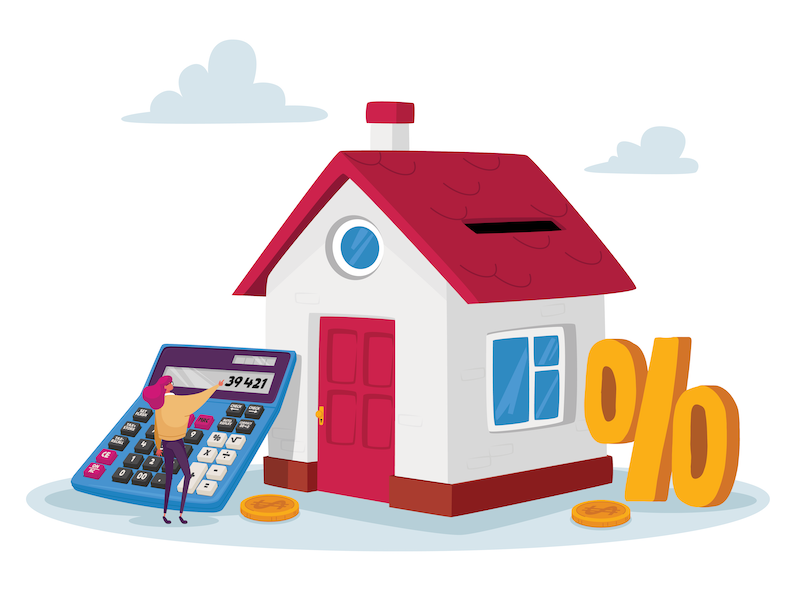
The proposed increase to the capital gains inclusion rate makes the principal residence exemption (PRE) more valuable. That’s especially the case for Canadians who own more than one home.
“The decision to sell will be nine [percentage points] more expensive for gains over $250,000 after June 25,” said Jamie Golombek, managing director of tax and estate planning with CIBC Private Wealth in Toronto.
Under the federal government’s proposals, an individual in Ontario taxed at the highest marginal rate will pay 35.69% tax on gains above the annual $250,000 threshold, relative to 26.77% on gains below that threshold.
Canadians who own multiple homes may wish to sell one of them before June 25 to avoid the new two-thirds capital gains inclusion rate (CGIR), but they shouldn’t be rash, said Aaron Hector, private wealth advisor with CWB Wealth in Calgary.
“Before people rush out and sell their cottage because it has a big [unrealized] capital gain, they need to be careful and to look at the gains on both properties,” Hector said. “Maybe the strategy becomes, ‘Who cares if you got this big [unrealized] gain on this cottage, because we can use the principal residence exemption for that [when it’s sold].’”
Homeowners may assume the PRE, which allows them to reduce or eliminate taxes on the capital gain realized on the sale of a home, can only be claimed for the property they live in most of the time.
In fact, a Canadian-resident homeowner can designate any personal-use residential property as a principal residence if they, their spouse and/or unmarried minor child lived in the property for some time during the year.
However, a couple can only claim the PRE for one principal residence in a year. The gain on any other home they owned simultaneously would be subject to the capital gains tax for that year upon its sale.
In general, homeowners with more than one home should claim the PRE for the property with the greater unrealized gain. However, “you won’t be sure which [home] it’s going to be until it’s time to sell one of them,” Golombek said.
The key considerations, Golombek said, will be the gain on each property to date, the potential increase in value of the second “unsold” home and the anticipated future holding period for the second home.
If the gain on the second home turns out to be larger than on the first home, the homeowner will be in a worse position if they already claimed the PRE. But paying capital gains tax on the sale of a first home to save the PRE for a second home means prepaying tax.
“There’s an opportunity cost,” Golombek said.
The government’s proposed increase to the CGIR might raise a planning consideration beginning June 25, Hector said.
By not claiming the PRE for certain years on the sale of a first home, the homeowner could strategically trigger up to $250,000 of capital gains to take advantage of the 50% inclusion rate.
The homeowner then could claim the PRE on the sale of the second home for the years they didn’t claim them on the first home, thereby reducing or eliminating exposure to the higher CGIR on the sale of the second home.
But, “you wouldn’t want to save [the PRE] for a property that has a very minor gain, if the one that you’re selling today has a very large gain,” Hector cautioned.
Golombek said that in practice, homeowners tend to claim the PRE when selling a first home.
“When they sell one of their properties, and there’s a serious gain that is going to involve writing a cheque of hundreds of thousands of dollars [to cover the tax], they don’t write the cheque,” Golombek said. “They claim the PRE [for the first home], and they worry about the gain [on the sale of the second home] later. Or they die [still owning] the property, and they figure, ‘Let the kids, or the estate, worry about it.'”
A homeowner can claim the PRE only for certain years of ownership when they sell a property by filing Form T2091IND: Designation of a Property as a Principal Residence by an Individual (Other Than a Personal Trust).
To calculate the PRE, the homeowner multiplies the capital gain on the home by the number of years, plus one, that the home is designated as a principal residence, and then divides by the number of years they owned the property. (The “plus one” in the calculation allows someone to claim the PRE for two properties in the year someone sells one property and buys another, even though they can designate only one property as their principal residence.)
Since Jan. 1, 2023, Canadians who realize a profit on the sale of a home or rental residential property that they’ve held for less than 12 months must report it as business income, unless they qualify for an exemption due to certain life circumstances. The profits realized from “flipping” a home are not eligible for either the CGIR or the PRE.